“Inferno”, the third film adapted from the novels of suspense and mystery writer Dan Brown, opens in cinemas today. This time, protagonist Robert Langdon is solving a mystery tied to the “Inferno”, part of Dante’s “Divine Comedy”. For this reason, it was filmed between Florence and Venice. Musement shares five “Inferno” filming locations in Florence and Venice to intrigue you…spoiler free.
Dan Brown‘s novels have three constants: a mysterious storyline steeped in art history and legend, the charming Robert Langdon, a Harvard symbology professor, and European cities famous for their art. Inferno, published in 2013, is no exception. Istanbul, Florence and Venice: part of the mystery that drives Langdon’s path is revealed in each of these wonderful cities. The film based on this exciting novel opens this weekend in the U.S. The action kicks off in Florence, where Langdon is awakened in a hospital with no memory of what has happened in previous days. In an interview, Tom Hanks aka Robert Langdon, expressed his joy and amazement at the fact that the monuments and magnificent sights of Florence and Venice were the true protagonists of the film: the actors and crew actually were able to admire wonderful works of art because filming occurred onsite, not on reconstructed sound stages. Musement shares five Inferno filming locations in Florence and Venice to intrigue you without giving away the mystery that Professor Langdon is trying to solve.
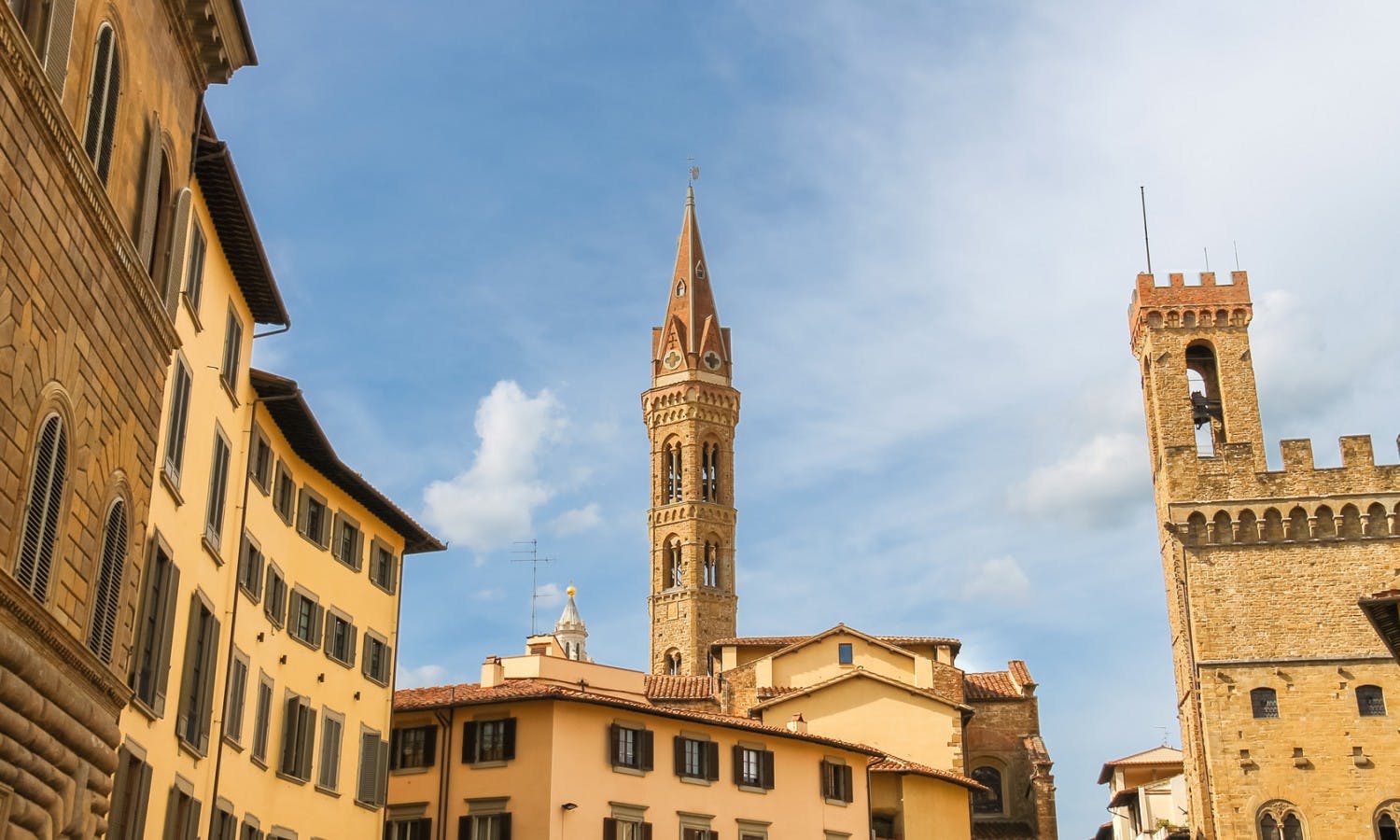
The bell tower of Badia Fiorentina
Badia Fiorentina and its bell tower
The Inferno is certainly no wanting for excitement. The first scene of the film’s official trailer shows a mysterious man who, after being chased, throws himself from the top of a bell tower during a vertiginous camera movement. We will not divulge who that mysterious figure is, but we will tell you that the bell tower is the Campanile of the Badia Fiorentina. The tower, a distinct part of the city’s skyline, stands 70 meters high and was destroyed at the start of the fourteenth century. It was restored shortly after, while the abbey itself has been renovated and restored several times over the centuries. Dante Alighieri wrote that he was born in Badia Fiorentina‘s shadow and as we know from The Vita Nova, this was where he met his beloved Beatrice for the first time.
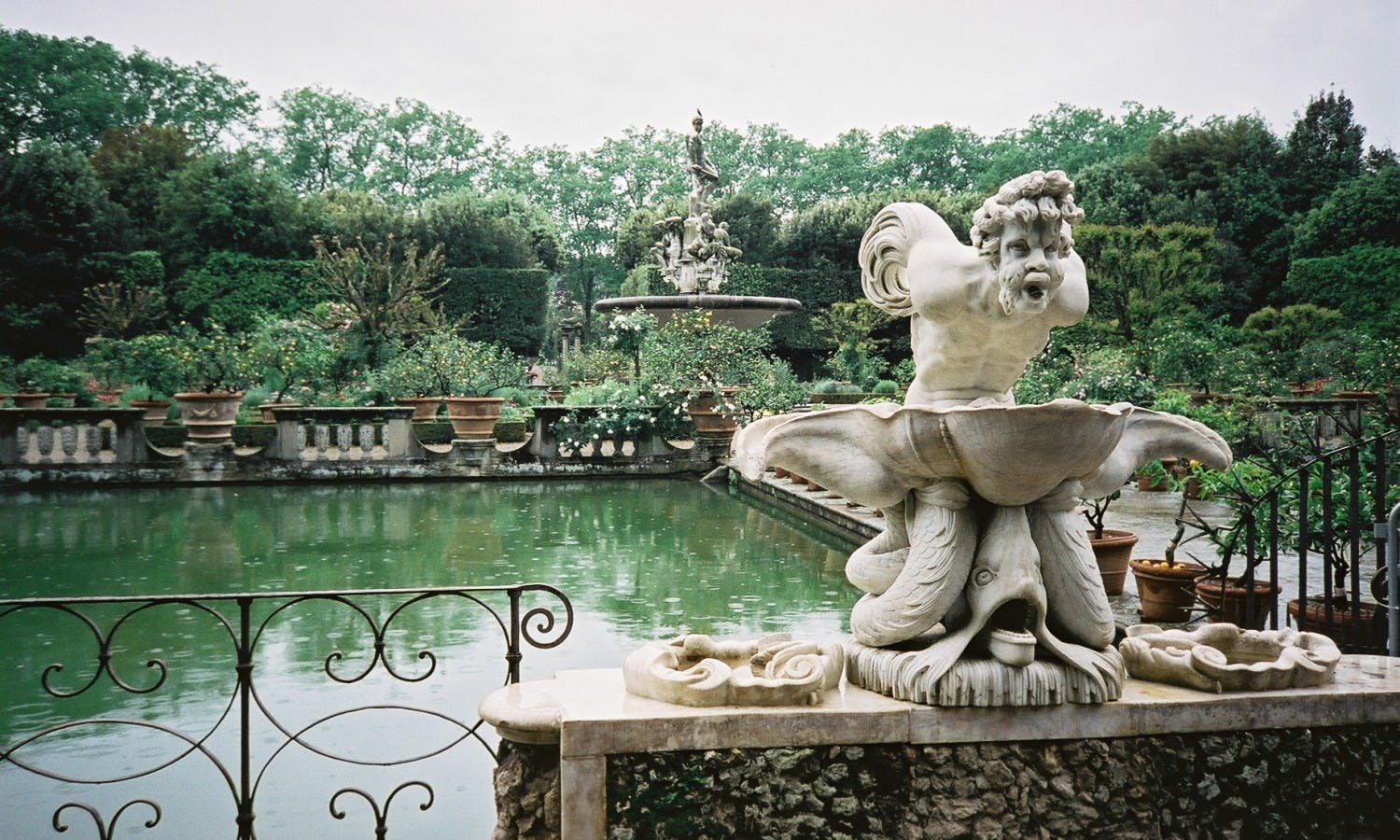
A glimpse of Boboli Gardens
Boboli Gardens
According to Tom Hanks, it’s quite difficult to top the experience of having a drone chase you around a Renaissance garden, and we can’t say we disagree. Boboli Gardens, located behind the Pitti Palace, is definitely one of Florence’s most magical locales. Built between the sixteenth and nineteenth centuries by the Medici family, Boboli is one of the world’s finest prototypes of an authentic Italian garden. Wonderful sculptures of Roman gods inhabit the verdant grounds of this open-air museum. Book your ticket to Boboli Gardens here – just be sure to keep an eye out for enemy drones!
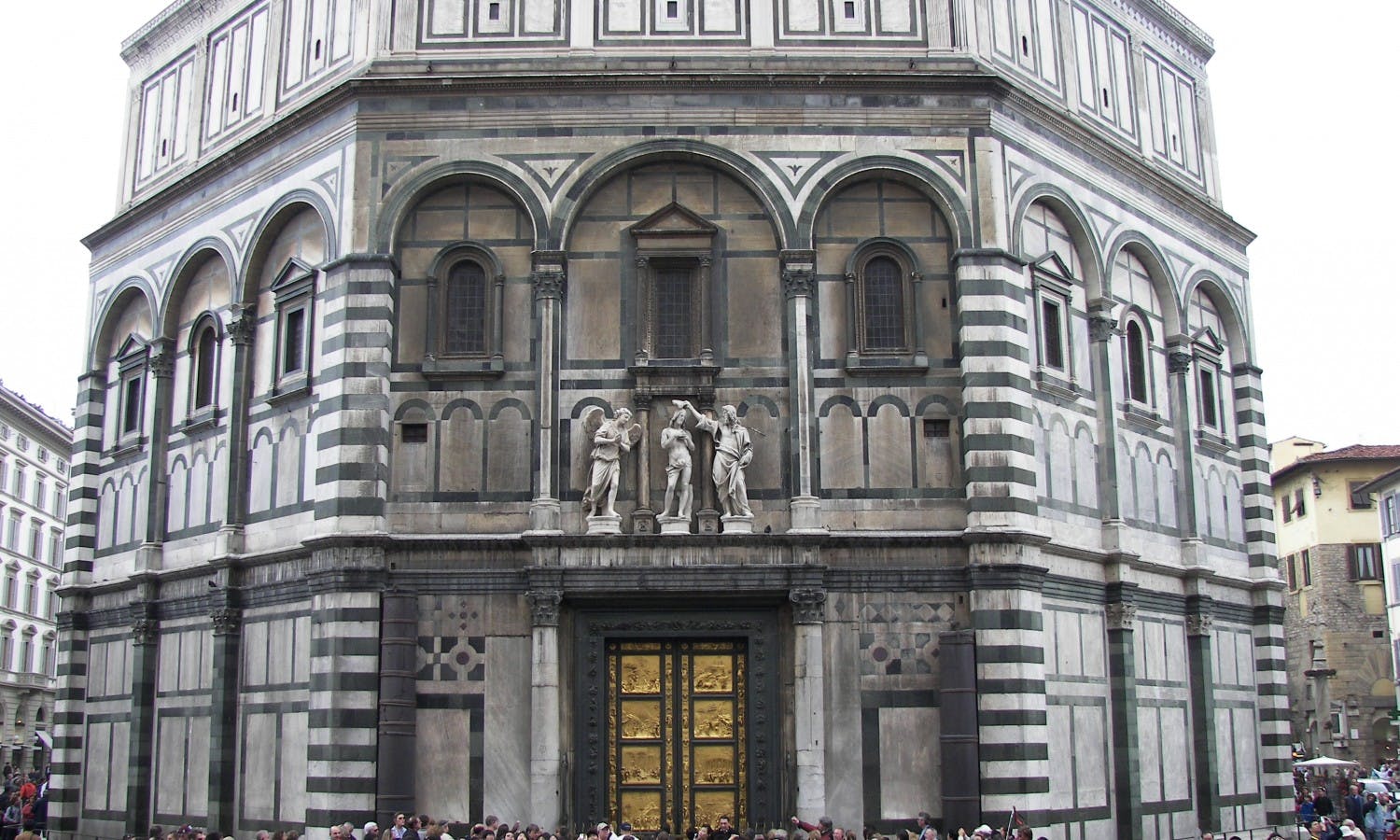
The Baptistery of St. John
Baptistery of Saint John
The Baptistery of Saint John, located next to the cathedral of Santa Maria del Fiore (better known as the Duomo) is one of Florence’s most iconic monuments. Inside you’ll find St. John the Baptist’s baptismal font and majestic mosaic interiors. The exterior is characterized by three bronze doors, the third of which was made by Ghiberti and dubbed as the “Gates of Paradise” by Michelangelo. This door plays a key role in Inferno as it provides a clue that enables Langdon to get closer to solving his mystery. If you want to lay your own hands on Langdon’s “Gates of Paradise” clue, you can visit the Baptistery here.
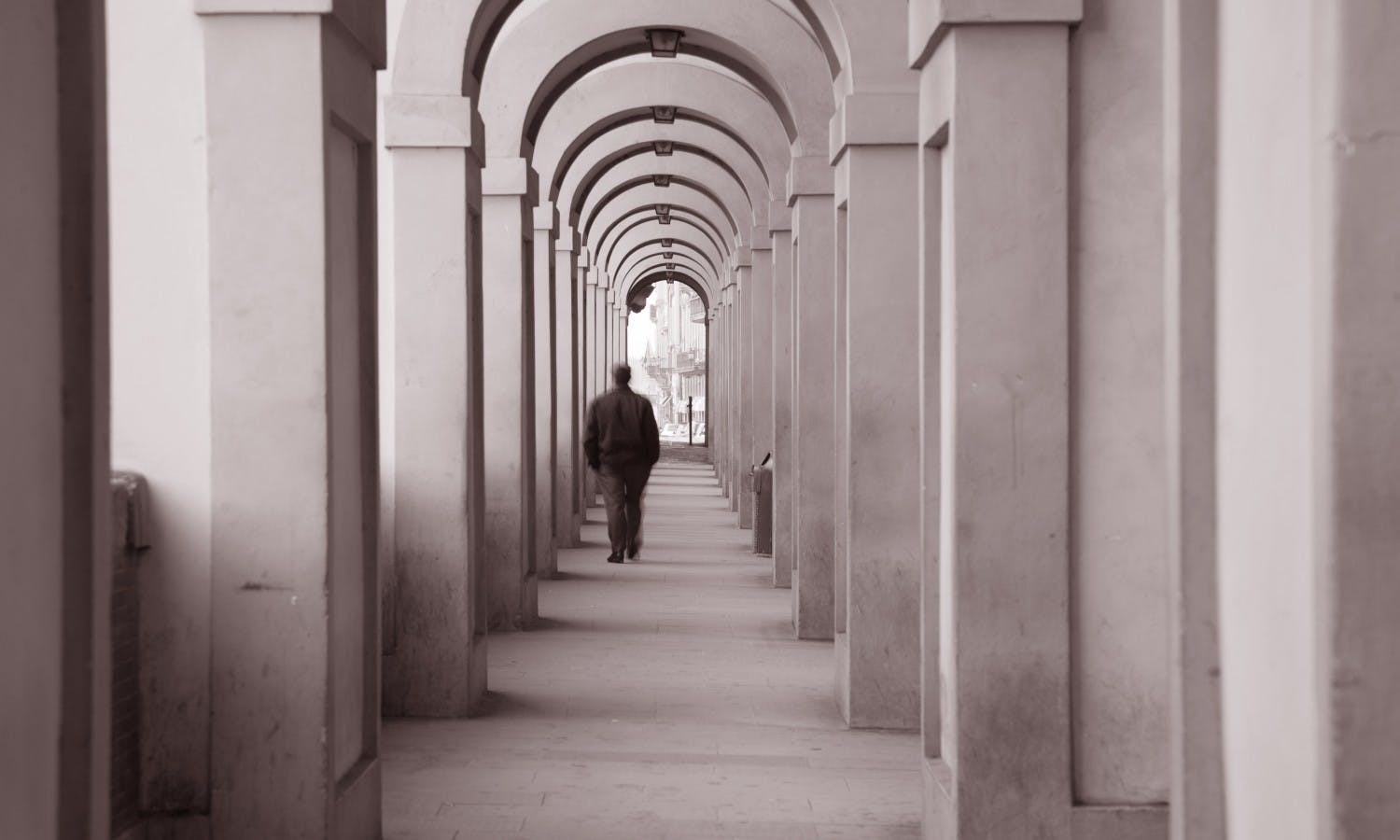
The Vasari Corridor
The Vasari Corridor
During one of the film’s turning points, Professor Langdon and his assistant run through the Vasari Corridor – an elevated corridor connecting Palazzo Pitti and Palazzo Vecchio. When they arrive in the Salone dei Cinquecento in Palazzo Vecchio at the end of the passage, they find themselves in front of the picture that that plays an integral part of a crucial riddle they are trying to solve. We won’t reveal the riddle (we promised you no spoilers!), so instead, we’ll let you in on another secret: for this month only, the Vasari Corridor is open to the public. Follow in the footsteps of Robert Langdon and go see it for yourself.
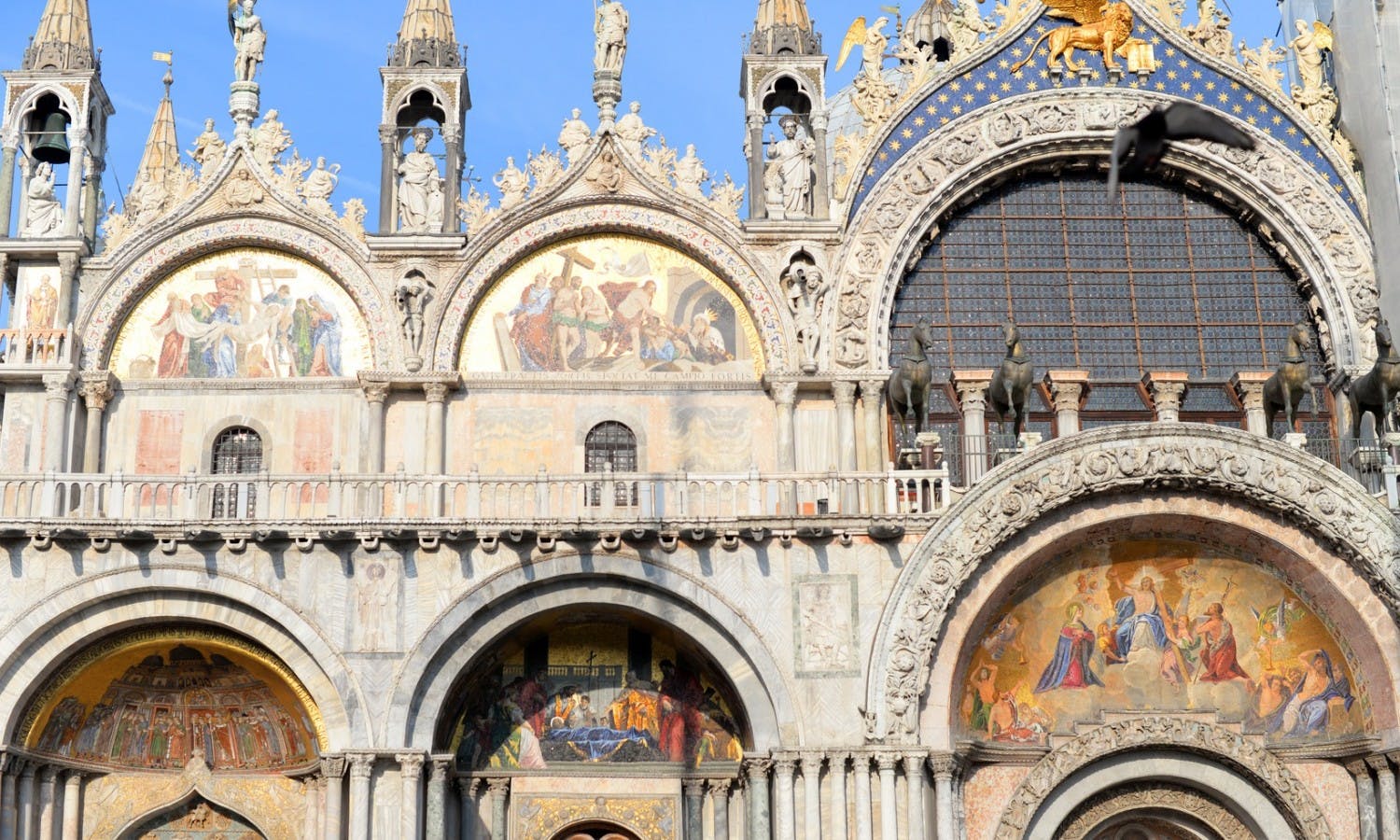
The facade of St. Mark’s Basilica
St. Mark’s Basilica and Square
And now on to Venice. This gripping thriller’s protagonists find themselves at St. Mark’s Basilica, one of Venice’s most iconic symbols, characterized by a winged lion on its facade and a richly decorated interior with gold Byzantine mosaics. The bells of St. Mark’s have their own names. The Marangona or Carpentiera, which was rescued after the tower collapsed in 1902. Their chimes heralded the beginning and end of the carpenter’s work day and nowadays, it still chimes at noon. The Trottiera indicated that it was time for the nobles to giddy up the horses that were to bring them to the Great Council meetings. The Pregadi, or half-third, announced Senate meetings while the Renghiera, or ‘curse’, sounded before the magistrate issued a ruling. You can book an after-hours tour of St. Mark’s Basilica here.

Loved reading about the filming locations of Inferno in Florence and Venice! I had no idea they used the Duomo in Florence as Dante’s nemesis’s hideout. Can’t wait to plan a trip to visit these locations and experience the city like a movie!